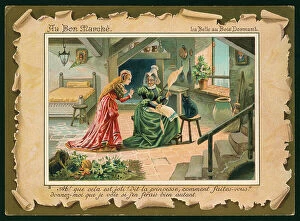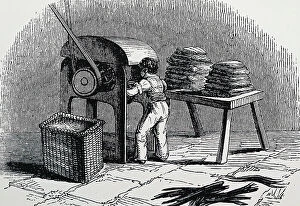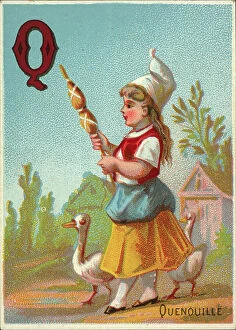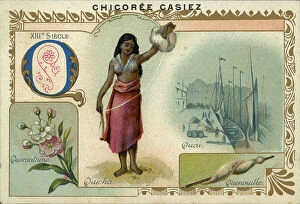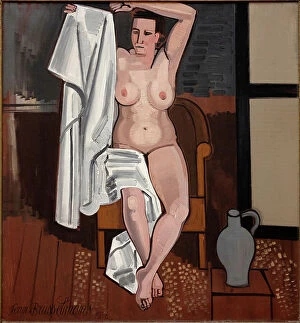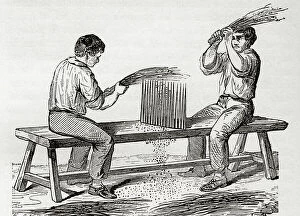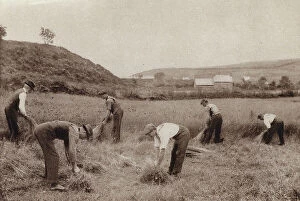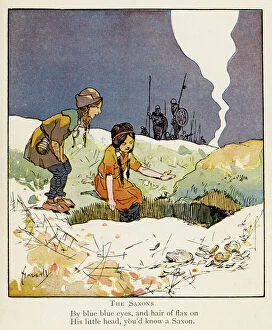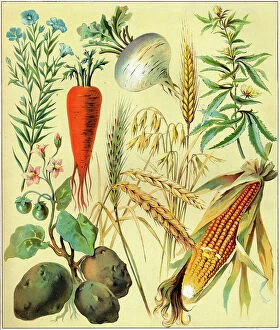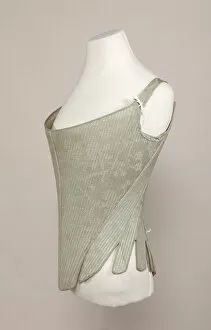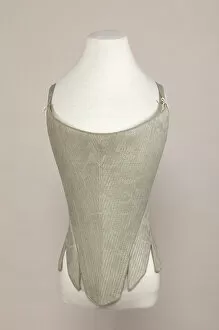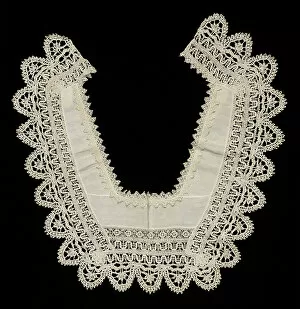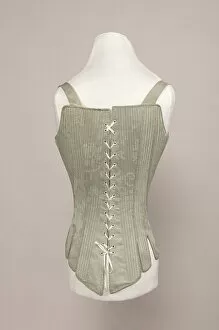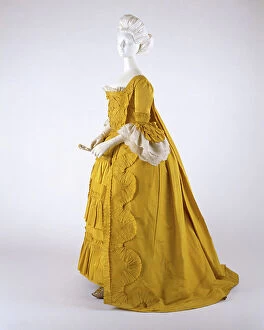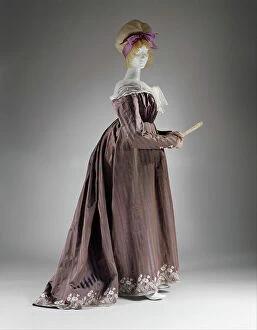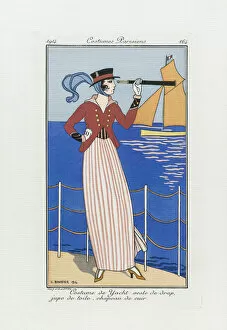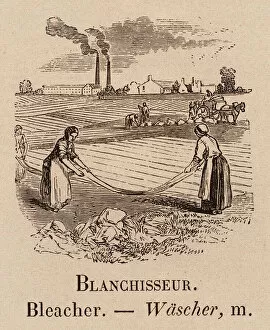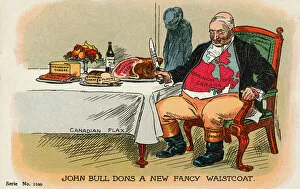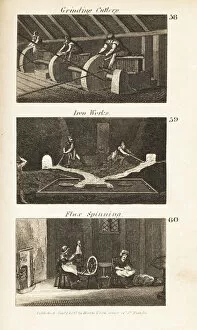Linen Clothes Collection
"Linen Clothes: A Journey Through Time and Trade" Step into the world of linen clothes, where history intertwines with fashion
For sale as Licensed Images
Choose your image, Select your licence and Download the media
"Linen Clothes: A Journey Through Time and Trade" Step into the world of linen clothes, where history intertwines with fashion. From corsets to collars, this versatile fabric has adorned men and women for centuries. Imagine a corset from the 1740-60s, crafted meticulously with woollen damask and linen. Its intricate design not only shaped silhouettes but also showcased the artistry behind linen garments. Speaking of collars, a lace collar from 1610-40 adds an elegant touch to any ensemble. The delicate craftsmanship highlights the beauty of linen as it gracefully drapes around the neck. Fast forward to c. 1760, where a dress made of silk, linen, and cotton takes center stage. This fusion of fabrics creates a luxurious texture that exudes sophistication and comfort simultaneously. In the late 18th century, a round gown in silk and linen captures the essence of Regency fashion. Its flowing silhouette reflects both elegance and ease – perfect for social gatherings or strolls through picturesque landscapes. But what goes on behind-the-scenes? Trades in Regency Ireland reveal fascinating processes like bleaching – transforming raw flax into pristine white linens fit for royalty. Irish cabins become hubs for skilled artisans while salmon leaps symbolize nature's contribution to this thriving industry. Artistic depictions by George Barbier illustrate how linens were celebrated across cultures – their timeless appeal transcending borders and eras alike. The importance of flax becomes evident in "The Worlds Commodities" lithograph featuring cotton, flax, and hemp side by side. Linen's versatility shines through as it stands shoulder-to-shoulder with other essential fibers. Engravings depicting spinners working diligently showcase the labor-intensive nature of producing quality linen textiles - each thread spun with care before becoming part of someone's wardrobe or household items. And let us not forget those who traded these precious fabrics - leinwandhandlers, linen-drapers, and merchants.

